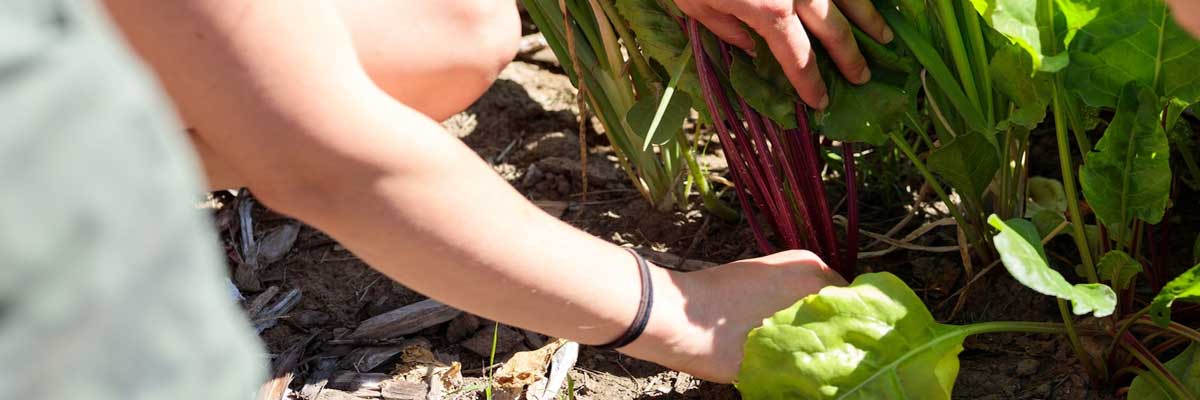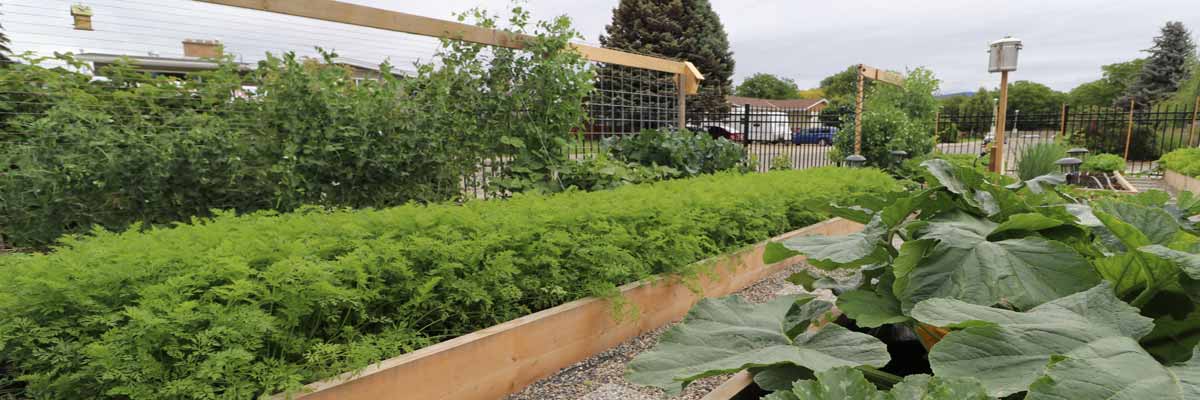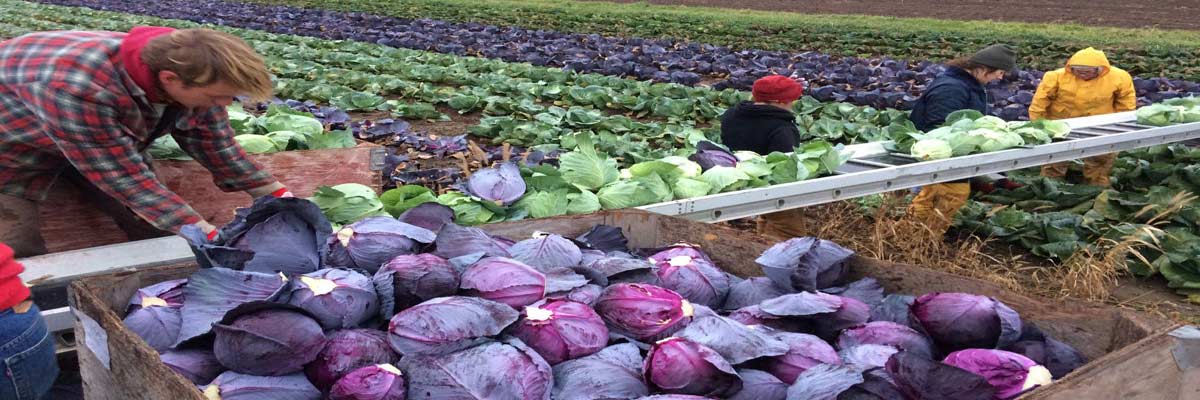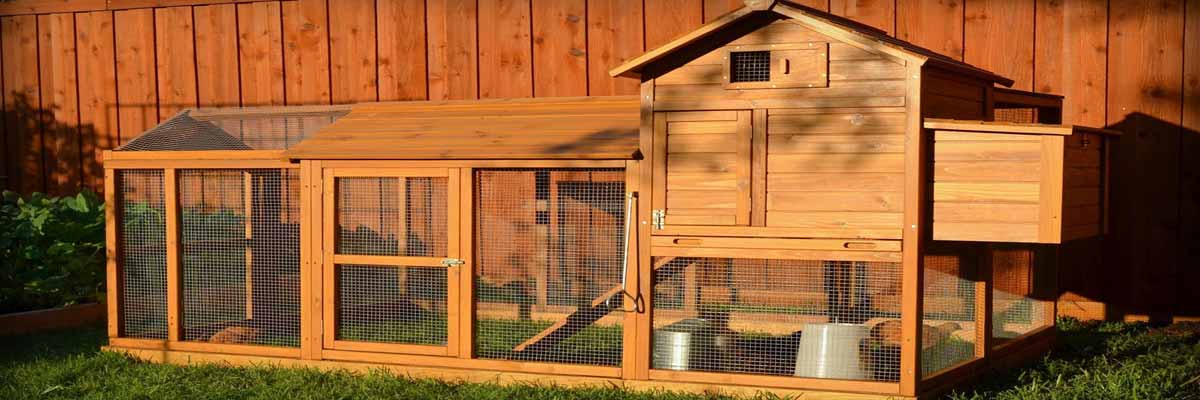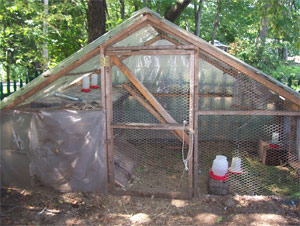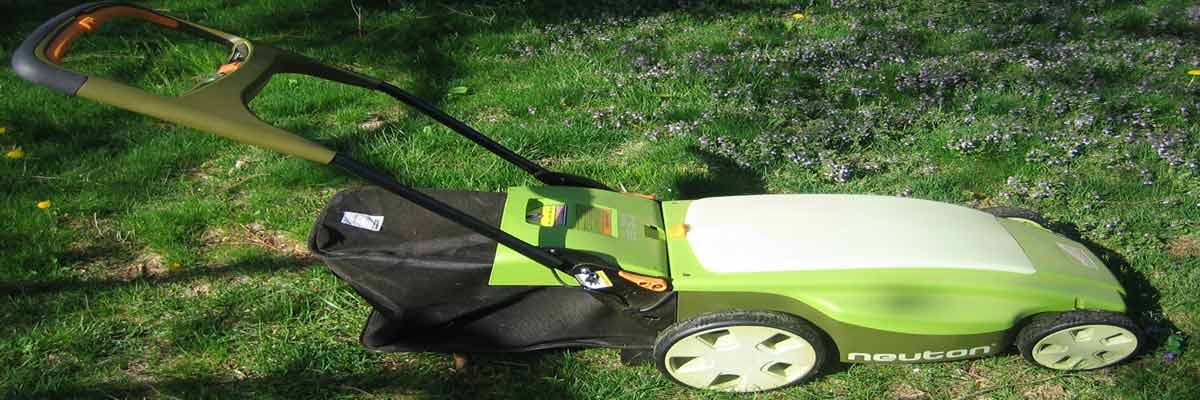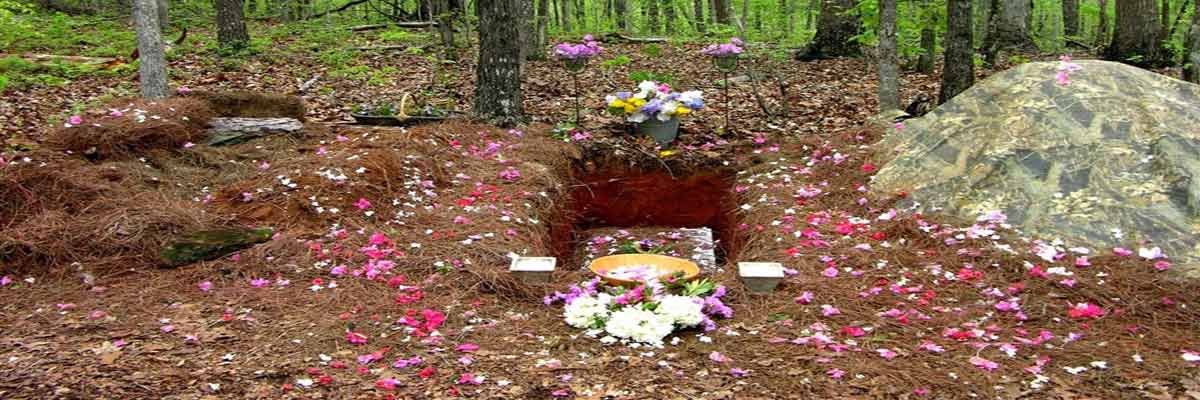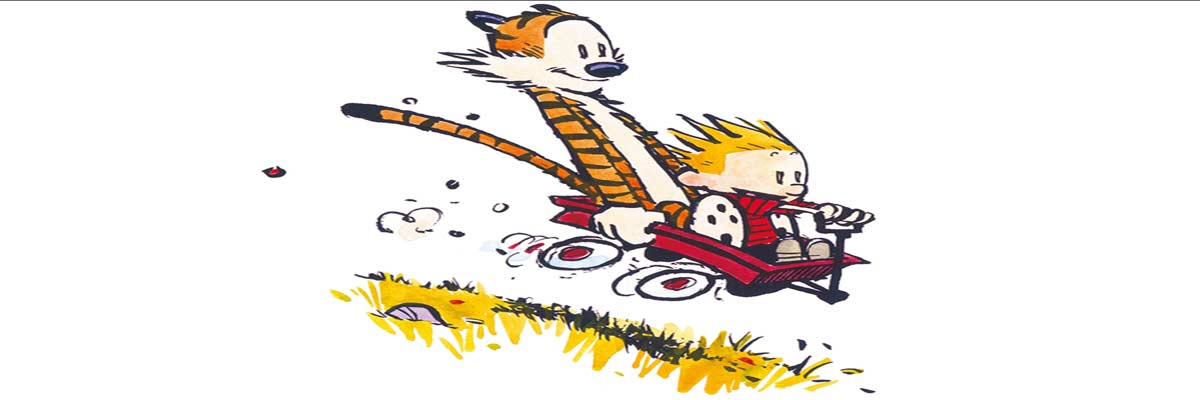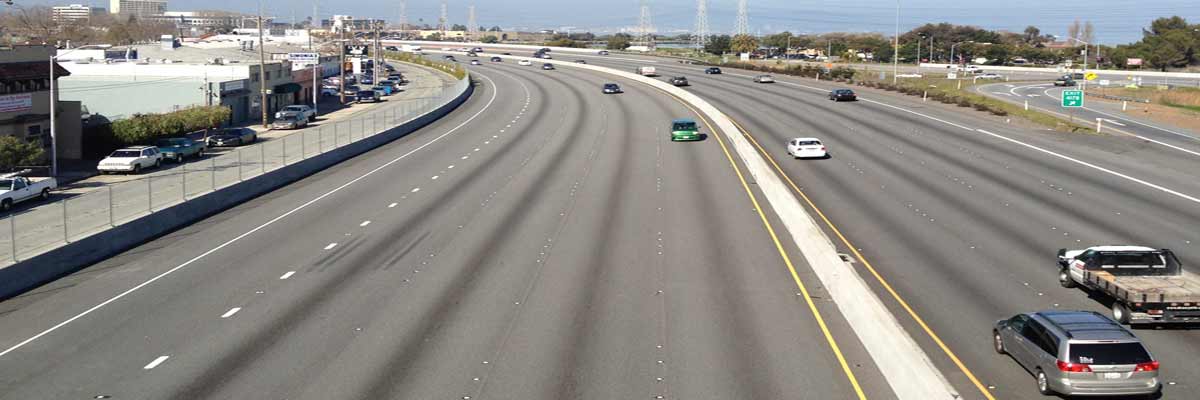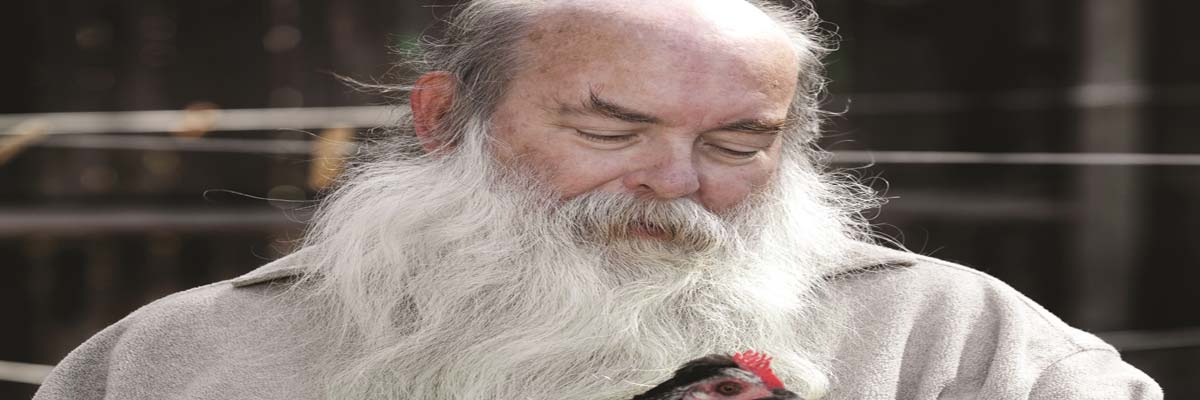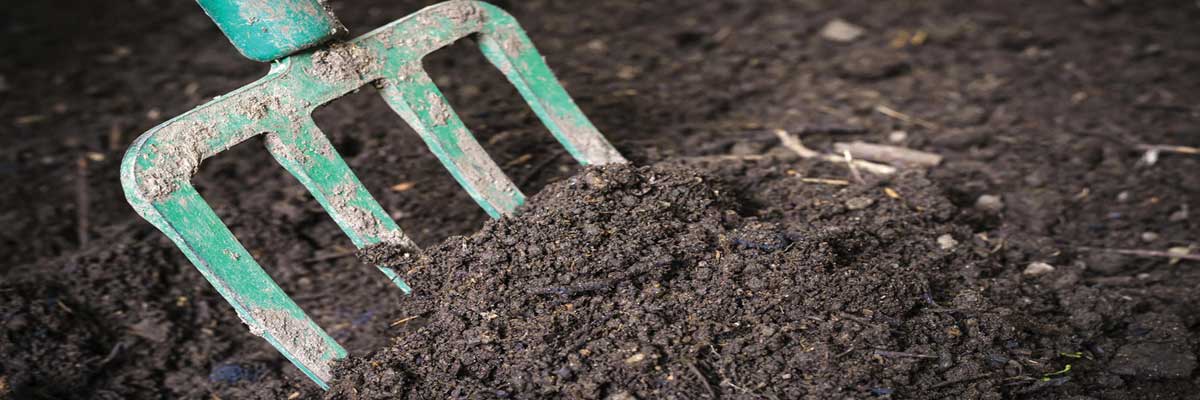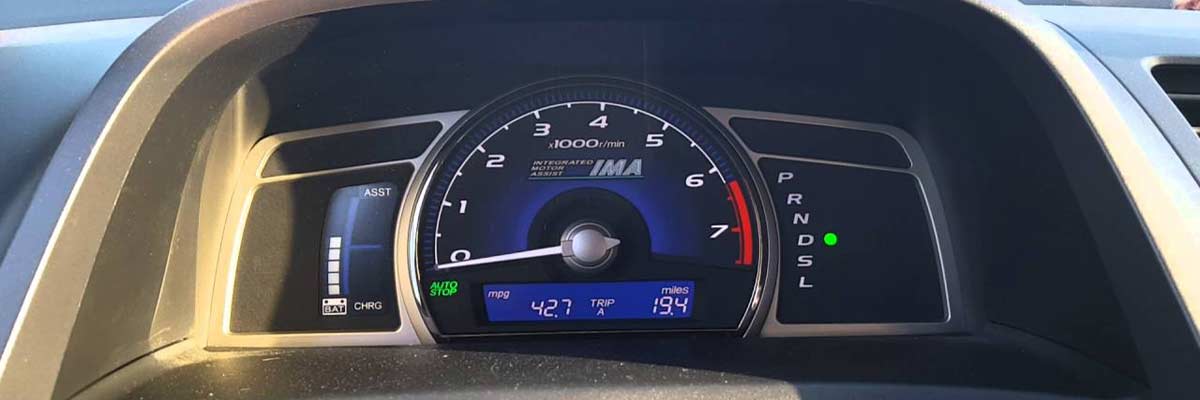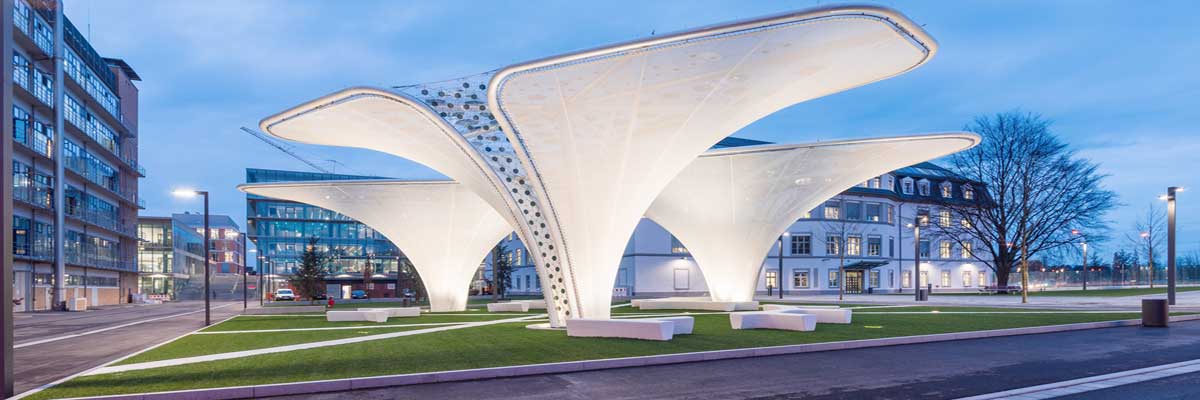Perhaps a New Favorite Garden Toy
OK, most of you are probably thinking I’m going to talk about a tool, but actually I wanted to mention Jerusalem Artichokes aka Sunchokes.
I planted some of these this year for the first time ever, and I’m impressed with them. They grew fantastic, made nice flowers on the top, provided a huge amount of food to the chickens and in the end, gave me the tubers you see below. This bowl is full from half of the section I planted. I created a bed on the south side of my compost pile that is between 3 and 4 ft long. I planted the Sunchokes in double rows within that bed. I didn’t amend the soil or anything. I just dug a trench, put in the tubers and filled it back.
Clorox Green Works Liquid Dishwashing Soap
I was given a sample of Clorox’s new dishwashing soap about 1 month ago. We’ve been using it to clean our pots and pans and as a liquid hand soap in our kitchen (why have two containers on the counter?). The results have been, well how can I say this, the same as our old non-environmentally friendly soap*. But isn’t that the point? Having the same dishwashing ability – without drying out our hands – and eliminating many of the chemicals that pollute our waste water. Good for clorox. Now if we could just get rid of the other 99% of the harmful chemicals that the company produces.
Siel from GreenLAGirl did a very thorough review of the benefits of this product. I was glad to see what was eliminated, and what natural ingredients they were able to replace them with.
Two dishpan-hands up for this Clorox Green Works Dishwashing Soap.
*for the record, we bought a huge industrial sized container of dish soap from BJ’s when we moved into our house. That was 4 1/2 years ago! This thing must be refilling itself as we use it. I swear.
The Green Picture: Before-The-First-Frost Harvest
About 45 minutes ago, we all piled into the garden after hearing that Ithaca, NY would be receiving its first “hard” frost of the season with a low of 29 degrees. Time to harvest the last remaining fruits of the garden! Gourds, lavendar, rosemary, green peppers, cayennes, eggplants, tomatoes — whatever we could find, we cut and dragged in. I even grabbed the Jatropha (more on that later!) and propped it up in the living room. Here is one of our tables of yumminess. Needless to say, we have a bunch of freezing, canning, and eating to do over the next week!
How did your garden turn out this year?
Future Scenarios
What will the next 10-20 years be like? With global climate change and peak oil what can we expect? David Holmgren co-originator of the permaculture concept has developed a new website investigating some possible outcomes.
Future Scenarios: Mapping the cultural implications and climate change.
The simultaneous onset of climate change and the peaking of global oil supply represent unprecedented challenges for human civilisation.
Global oil peak has the potential to shake if not destroy the foundations of global industrial economy and culture. Climate change has the potential to rearrange the biosphere more radically than the last ice age. Each limits the effective options for responses to the other.
Grow Food Party Crew
I came across this video today of a group of like-minded people working together to improve their lives. They call themselves the Grow Food Party Crew, a part of the Ojai Valley Green Coalition, their goal is to work together to build their local food shed and strengthen their community. They employ permaculture principles as their design approach to food production and land use. Projects include vegetable gardens, rainwater harvesting, as well as natural earthen structures. All the while having a great time doing it!
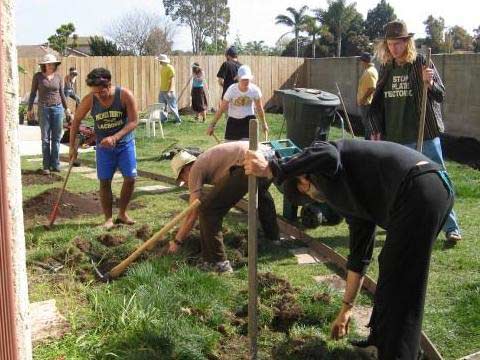
Why not start a Grow Food Party Crew in your neighborhood!
New Cruise Ship Designed With Solar, Efficiency In Mind
A new ship from Celebrity Cruises, currently about 80% complete, is being built with eco-friendly technology and design in ever phase of construction. Personally, I find cruises to be one of the most wasteful and benign ways to travel — but they’re not going away, and this development is welcome.
The company actually designed the hull of the ship first — a radical departure from conventional cruise ship construction where things are generally created “top down,” with passenger space configured first, then the hull constructed to fit that space. As a result, the hull is one of the most fuel-efficient possible and the rest of the ship was configured to work around it.
There will also be 80 solar panels on board to power small things such as elevators. The company acknowledges that solar is not currently a cost-effective addition, but add that as prices decrease, the infrastructure will be in place on board to carry more photovoltaics. The hope is that over time, the ship will utilize more clean energy in its consumption.
Personal Review of ASPO-USA: Day 1
[ed note: I am putting this up without the bells and whistles (links, etc.), and with perhaps a few typos. I’d rather get it up in a timely fashion and return to it to correct any mistakes. Comments are welcome and appreciated by those that can clarify or rebut my recollection of the events.]
ASPO Day 1:
Our first day of ASPO started out with a tour of Old Sacramento, followed by a chance meeting with a board member of an upstart Extended Oil Recovery (EOR) firm called Titan Oil Recovery. He described their revolutionary technique to bring life to mature oil fields, involving the Titan process which causes microbes found in the well to multiply and break down the size of oil particles trapped in rock to a small enough size to allow them to flow, increasing total recoverable crude from the well, and causing a rapid increase in production. My opinion, keep an eye on this company. If they can really do what their data showed, it my be a game changer for production in mature fields.
Raising Urban Chickens: Part 2-Building a Coop
This is a guest post by Wendy from Home Is… From reading her blog I knew she had chickens, and since she lives in Maine her knowledge of building a coop that will hold up to cold weather could be quite useful. She has written a series of articles on our site before related to her personal decision to stay in her home in the suburbs during the coming descent down Hubbert’s Peak.
Tapping Your Maple Trees – Start Preparing Now!
Do your children think that food comes from the supermarket or maybe the shop at the gas station? We all have opportunities to open that door to the past and learn to rely on nature to provide for our dietary needs. If we give her a chance, it is amazing how willing Mother Nature is to sustain our needs. One green (and fun) opportunity to utilize nature is to tap your maple trees to collect the sap. Now that is really tapping into Mother Nature!
I started tapping maple trees in my yard several years ago and constantly get questions about how to do this. The reality is that with the right equipment and a little direction, it is quite simple. The trick is to be prepared when the sap starts to flow (sometime in February or March depending upon weather conditions).
The Neuton Electric Lawn Mower Kicks Some Serious Grass
UPDATE: Ecorazzi is now giving away a Neuton in celebration of their two year anniversary. One person will be chosen at random.]
Before I start this review, you should know that I have a love/hate relationship with lawns. Living in the Northeast, they’re a necessary evil when one has not yet shifted an entire backyard to something built on permaculture. On the other hand, a recently cut lawn does look beautiful and sharp — something drilled into my head from summers of mowing other lawns to make cash in High School.
When my lawn turns colors from a lack of rain, I do not get out the sprinkler. I consider it a vacation from the weekly chore of mowing. If weeds or other variants of grass make their presence known, I consider them compliments to the scenery. It amuses/depresses me to no end the amount of resources Americans spend on the upkeep of lawns across the US — especially in places where grass has no business growing in the first place.
Why Off-Shore Drilling Won’t Make A Dent in U.S. Consumption – Graphically Presented
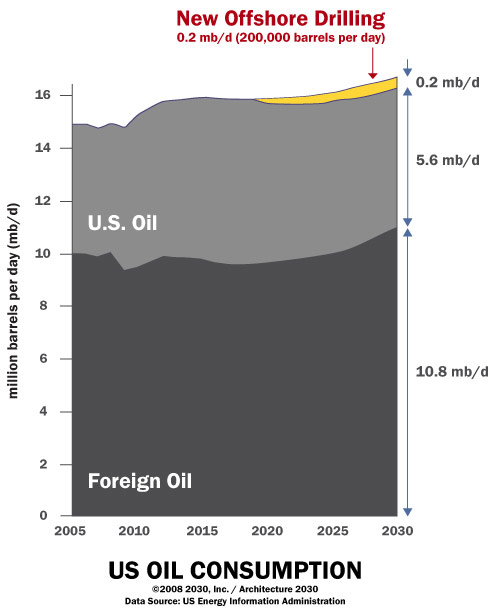
Saw this first at After Gutenberg, but it came via itsgettinghotinhere from a Architecture 2030 e-news bulletin.
A picture (or in this case, a graph) tells a thousand words.
Funeral Director Argues That Natural Burial Is Harmful To The Environment
You know you’ve been sniffing a little too much embalming fluid when you argue that natural burials are bad for the planet. And yet, that’s just what a funeral director from New Zealand did while participating in a debate on the topic during a town council meeting earlier last month.
Francis Day, of Marsden House Funeral Services, told the Nelson City Council that putrefaction of a body that was not embalmed would lead to higher toxicity levels in the surrounding soil to levels “which in many places would breach World Health Organization standards.” He continued that diseases and bacteria do not die when a person die but go right on living and could put “future communities at risk”.
Breaking News… from 1987
A Calvin & Hobbes strip from July 23, 1987 – over 20 years ago…
It’s a good thing that even a six-year-old imaginary character in the funny pages knew all about global warming way back then. I mean, just think – two whole decades of progress in mitigating… er… well…
Calvin… I’m sorry buddy.
Utah Residents and Businesses Do Not Own the Water that Falls on Their Property
Like Colorado, Utah has laws on the books that make it illegal to collect rainwater that falls on one’s property. A Utah car dealer installed a cistern and rainwater collection system to feed a on-site car wash that has water recycling technology. This was in an attempt to “go green”. He was thwarted by the state government, and eventually had to work out a deal. Local residents who collect rainwater will not be bothered at this point because “there are bigger fish to fry”.
It Is Time for the US to Sell Its Highways?
It’s difficult to imagine a person not having heard the old axiom “Buy low, sell high”, and it is prudent advice when you are making financial decisions. It’s the second part of that adage that might warrant a look at our strategy for infrastructure improvement in this country. If you are looking to make the maximum amount of money by selling something you want to sell that something when it’s at its highest value. I wonder then, is it time for our government to sell its infrastructure? You know, since the effects of Peak Oil are beginning to make themselves felt, the value of the infrastructure developed to serve cars running on cheap oil will decline each year into the future; starting soon. Selling high might mean selling soon.
Now, I don’t think we should sell all of it, by any means. We should keep the ports and the train lines, but is now a good time to start selling our roads, highways and airports? There has been news recently of other governments selling their infrastructure, and considering the value of these items in an energy scarce future I would contend that their value will never be higher. In fact, there is already plenty of news about airlines facing massive losses. (And starting to charge for baggage, pillows and normal drinks) How valuable will an airport be if we don’t have airlines? Or what if the ones we do have are marginally profitable? I say it’s better to sell now while the full force of Peak Oil hasn’t quite made itself felt.
An Interview With Bob Waldrop
This spring I had the pleasure of talking with Bob Waldrop as part of a series of interviews done for the forthcoming book A Nation of Farmers. Bob is a native, 4th generation Oklahoman, who was born and raised in Tillman County in southwest Oklahoma. His great-grandparents came to Oklahoma Territory before statehood. He is the founder of the Oscar Romero Catholic Worker House (which delivers food to people in need who don’t have transportation), the president of the Oklahoma Food Cooperative, and works as director of music at Epiphany of the Lord Catholic Church. He served on the founding board of directors of the Oklahoma Sustainability Network, and previously served on the Migrants and Refugees Advisory Committee of Catholic Charities. He is the editor of Better Times: An Almanac of Useful Information, which is distributed free. The 5th edition may be viewed at www.bettertimesinfo.org/2004index.htm. He is a member of the Oklahoma Food Policy Council. Although not presently active in the program, he has served as an Oklahoma County Master Gardener.
A big thank you to Sarah Louise Hartman for transcribing this interview.
Aaron Newton: Bob, could you describe the Oscar Romera Catholic Worker House, and the operations that you’re a part of there in Oklahoma City?
Eleven Year-Old’s Organic Veggie Stand Shut Down by California Mayor
I think that Joel Satalin can add another chapter to his book Everything I Want To Do Is Illegal after reading this story. I mean, really, a child’s veggie stand shut down for lack of permits? What’s next, no lemonade stands or car wash fundraisers?
ABC News via ABA Journal:
Call it a rite of passage: children by the roadside peddling their homemade goodies to adults who are more than eager to drop a few cents into a makeshift cashbox.
But Katie and Sabrina Lewis’ veggie stand, in the town of Clayton, Calif., where they sold homegrown watermelons for $1, has been shuttered by town officials who told the girls’ parents that their daughters’ venture violated local zoning ordinances.
“I think that they’re wrong,” dad Mike Lewis said of the town officials. “Kids should be able to be kids.”
Composting Organic Materials in a City
In my city our local waste management group picks up big plastic containers (which I call a Yardy) of yard waste material. This can be branches, leaves, grass clippings, etc. (Unbeknownst to my neighbors, I also pick up yard materials from their yardies, but that’s a different story…) Participation in this program is great, and it keeps all this material out of the land fill. The city mixes all this material together and turns it into compost which they then sell in 40 lb bags, or give away for free for personal use, if you have a truck to load it in. Paper products and kitchen waste can be recycled in our yardies, although almost no one knows that and it never seems to be highlighted.
San Francisco does a similar thing, although this Time article just mentions kitchen waste so I’m not sure about yard waste. I’m sure there are plenty of other cities that also do similar things.
Mileage Improvements By Driving Less And Driving Slower
Back in April, I began an exercise in driving less and driving with fuel economy in mind. What I learned surprised me. Simple, obvious steps made the most difference. I drive a 98 Oldsmobile Alero and before I began, I was getting about 27 MPG, now I am up to 34 MPG. That’s a 7 MPG savings, using simple steps anyone can do.There are groceries, banks and just about everything I need within walking distance from work, so as a rule, I drive to work, then I drive home and that’s it. I occasionally drive to run some errands (there is only so much walking one can do on a lunch hour).
I began turning off the car at train crossings, or when stuck in a traffic jam, but the biggest jump occurred after slowing down to 60 MPH. I went from 29 MPG to 34 MPG. That’s huge.
Also, I rode my bicycle over 120 miles in June, and I’m well on my way to matching that for July. That’s trips to the hardware store, bank, goodwill, and beer runs (all within about 3 miles of my house). At 34 MPG, bicycling alone has saved 3 1/2 gallons of gas, or almost a 1/3 of a tank. That’s amazing!
Second-Generation Solar Trees To Be Even More Awesome Than Real Trees
Much praise has been heaped upon designer Ross Lovegrove since his solar trees first debuted in Vienna in October 2007. Essentially a solar-powered streetlamp — but also a work of art — the structure creates, as the designer puts it, “complex natural forms in a city that can benefit all of society.” They also save energy — and have managed to survive Vienna’s dark spells, with light still being generated even after four days without direct sun. From the article,
“When we were setting up the tree outside it was quite wonderful,” Lovegrove said. “Even when we had one stem, it was incredible, it seemed so insignificant but actually it really stood out and it proves this point that modern technology and design can really lift people’s spirits, it becomes an eye catcher because it’s sort of out of context. The Solar Tree is just a streetlamp but actually some of the small things which can have a big impact on our life are all open for reinterpretation.”
With the first-generation lamps firmly planted on some of Europe’s most famous streets, Lovegrove is now planning on the next-generation design. It will be called the “Adaptive Solar Tree” and, just like the real thing, will feature robotics that seek out sunlight or respond to changes in weather.


